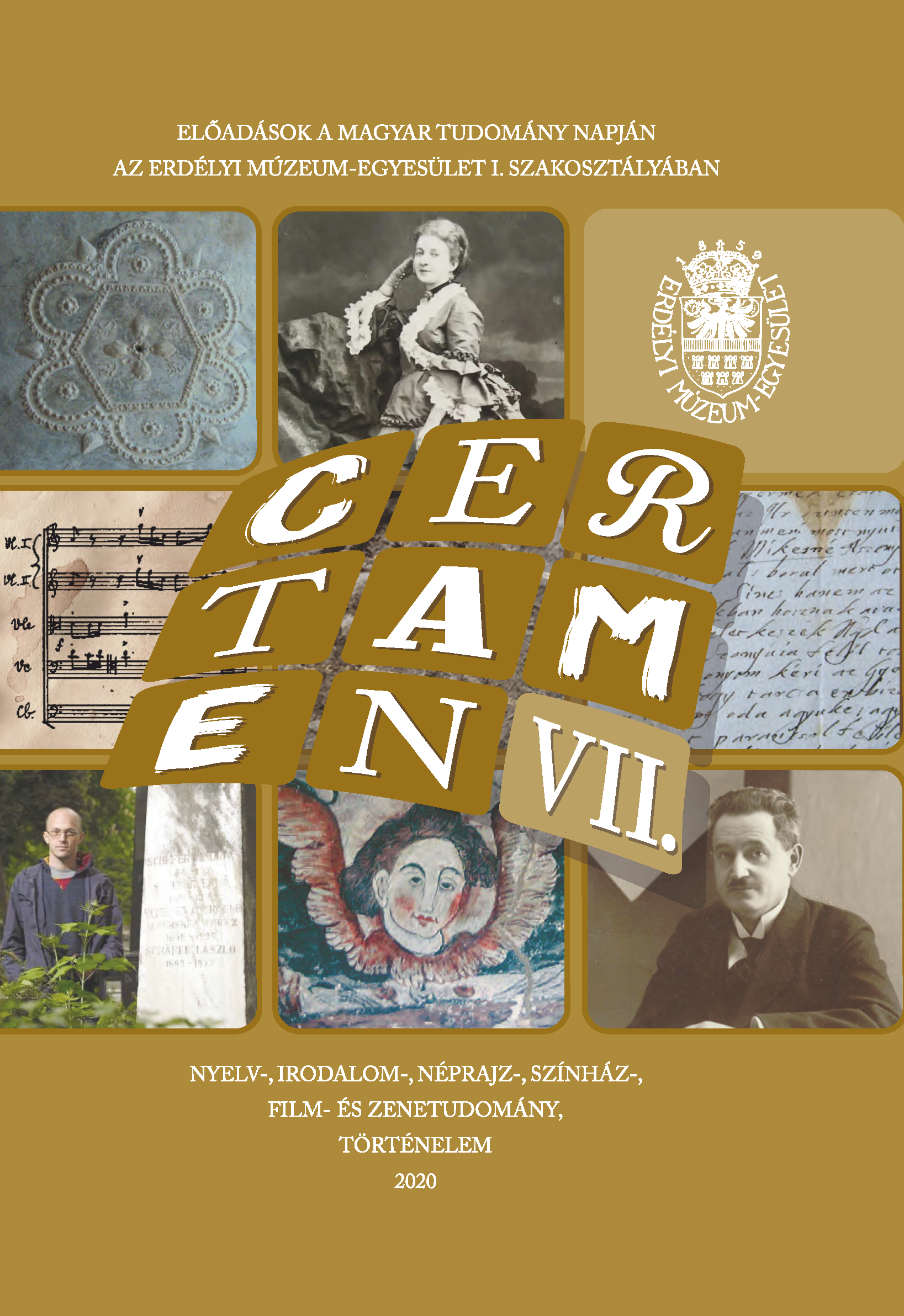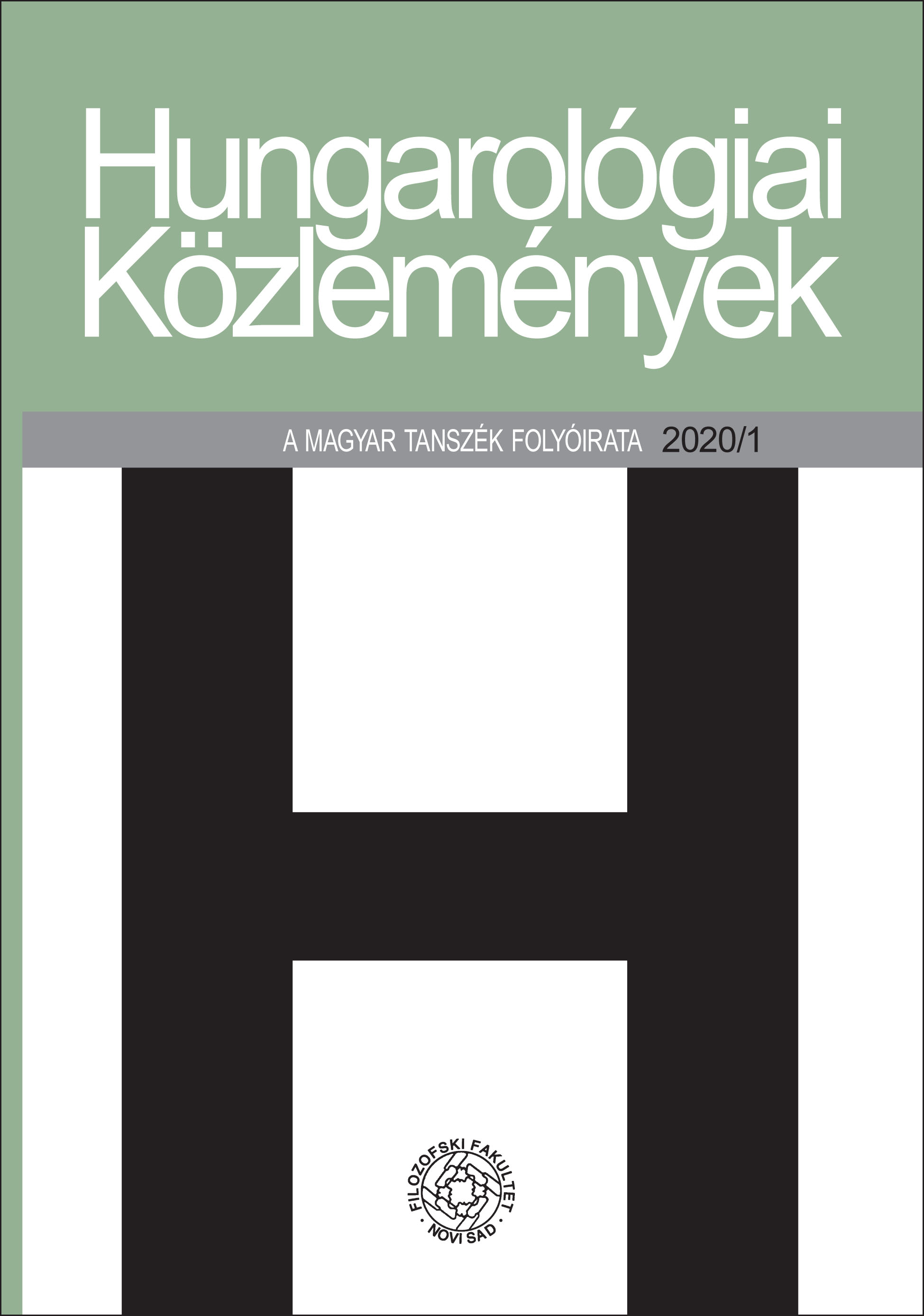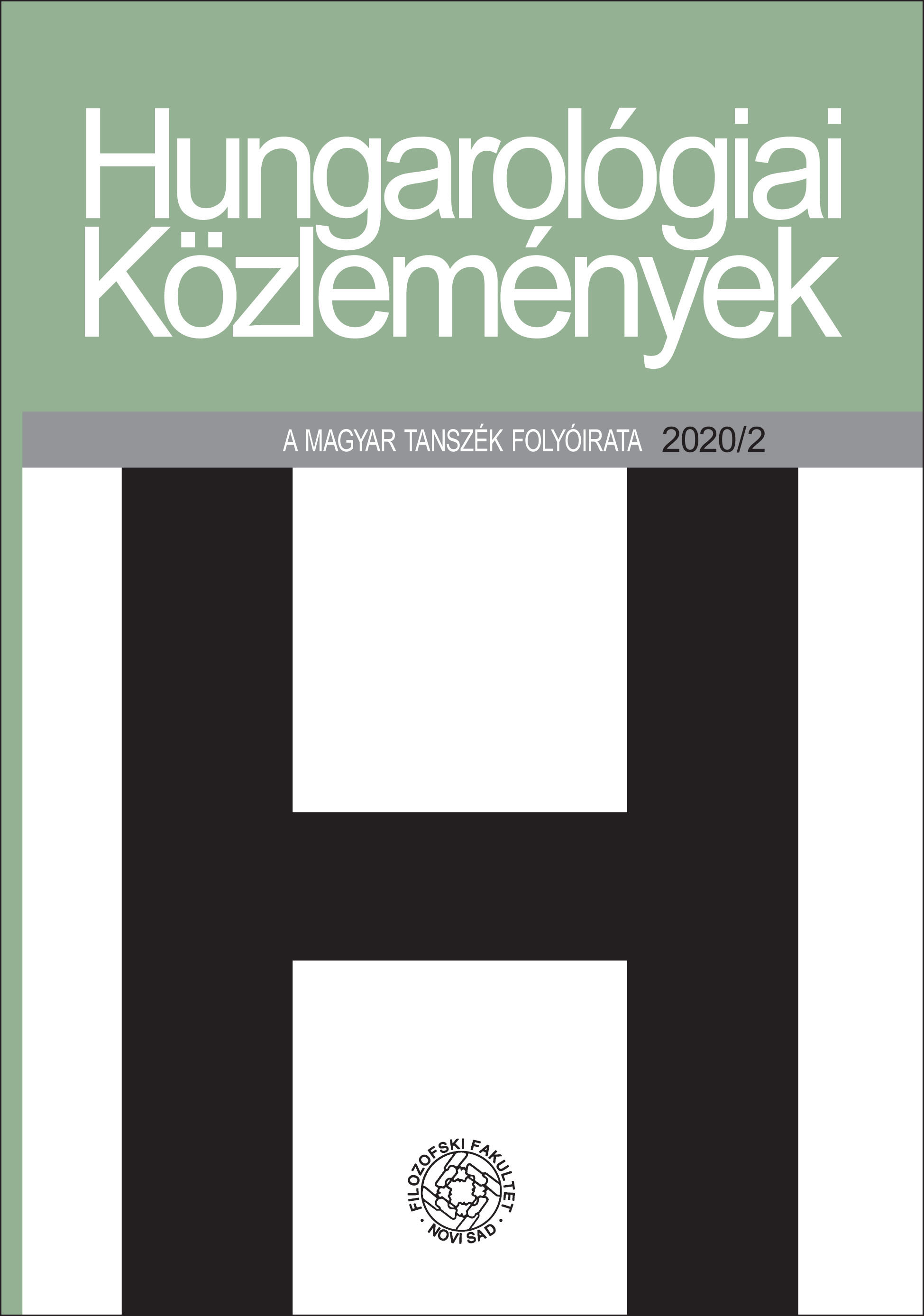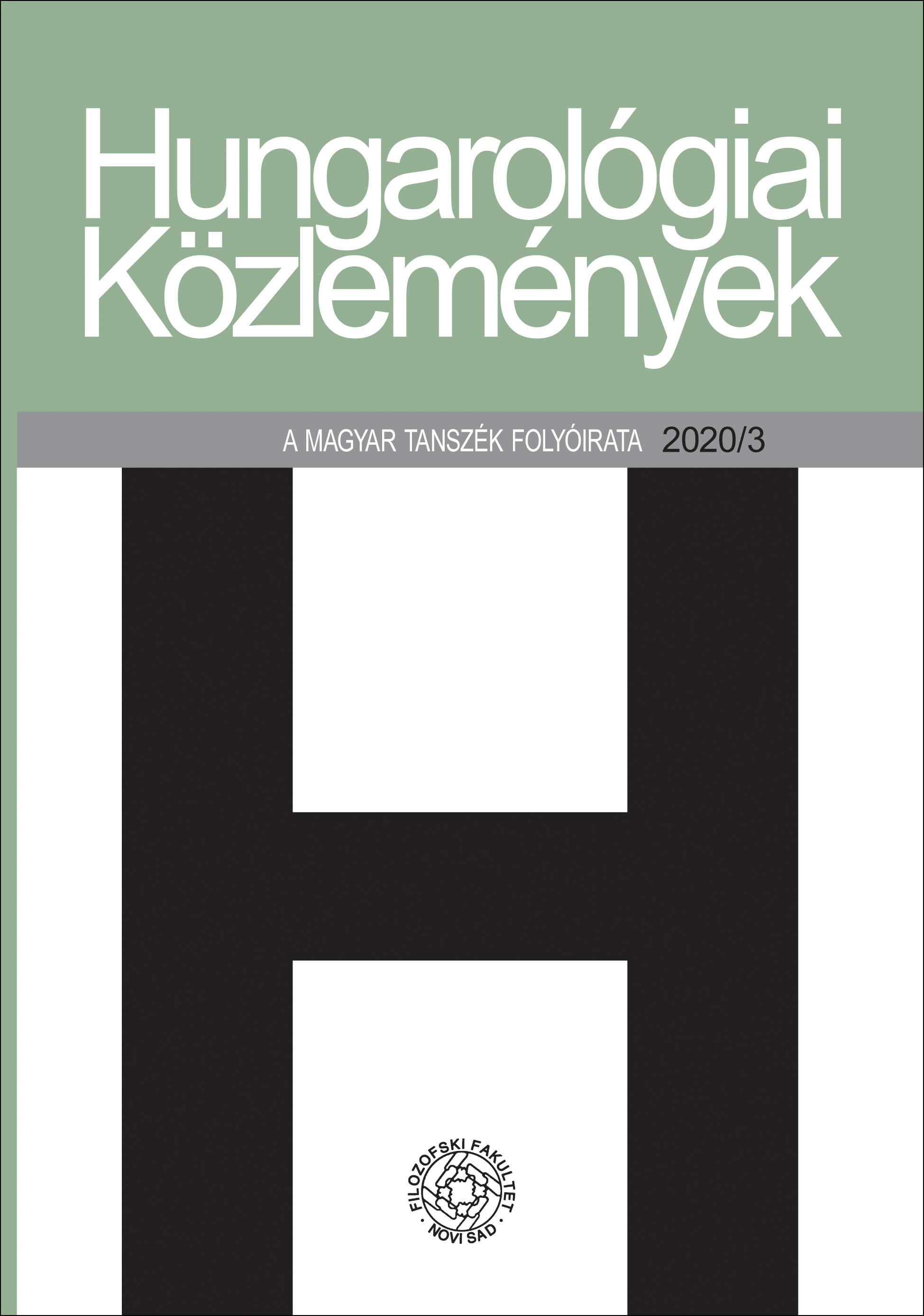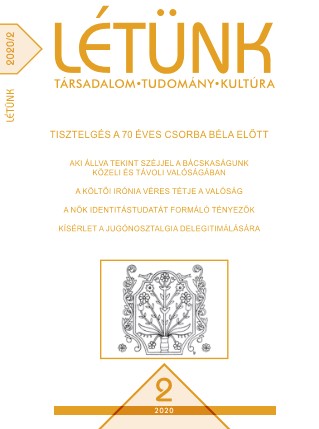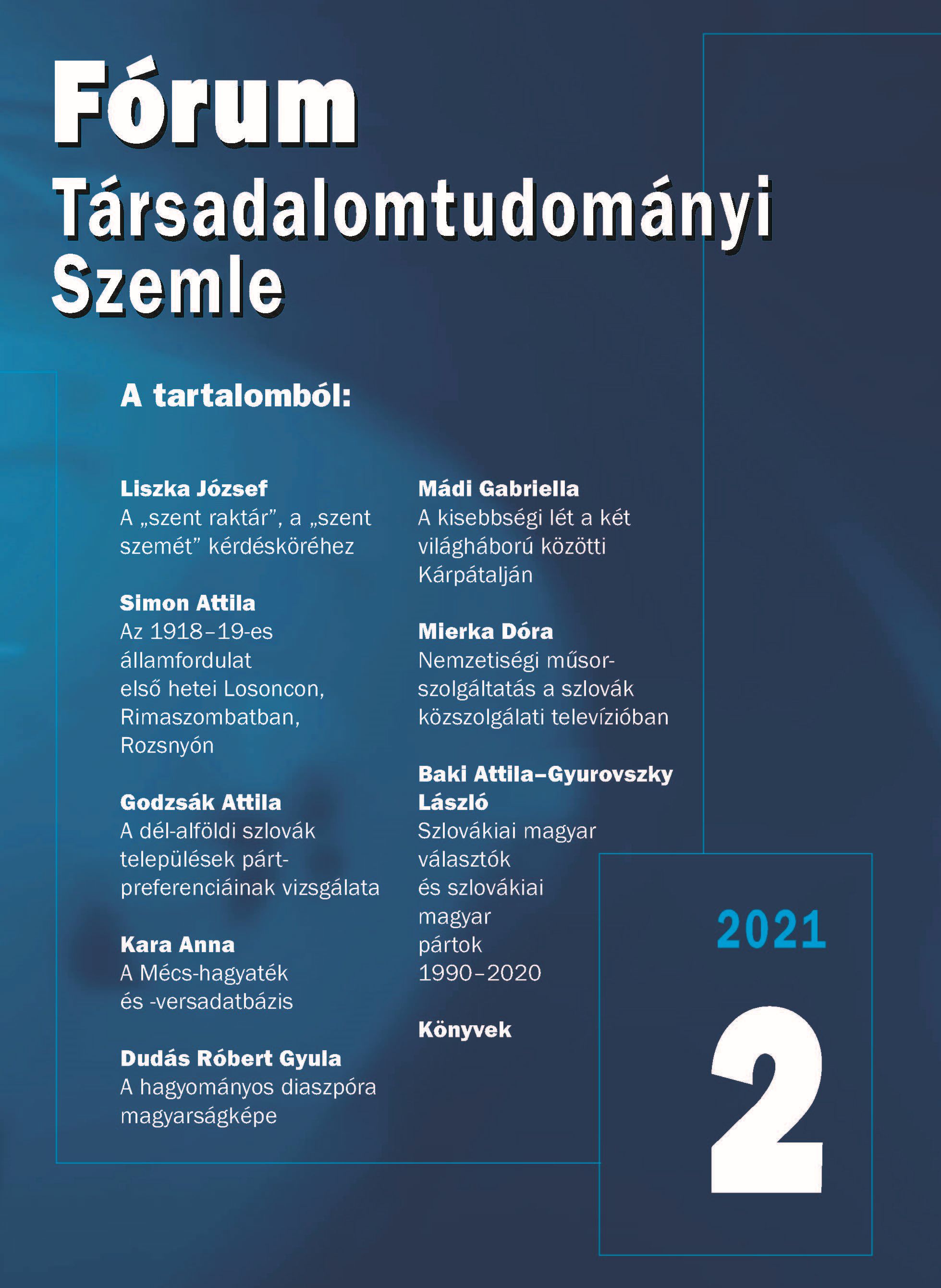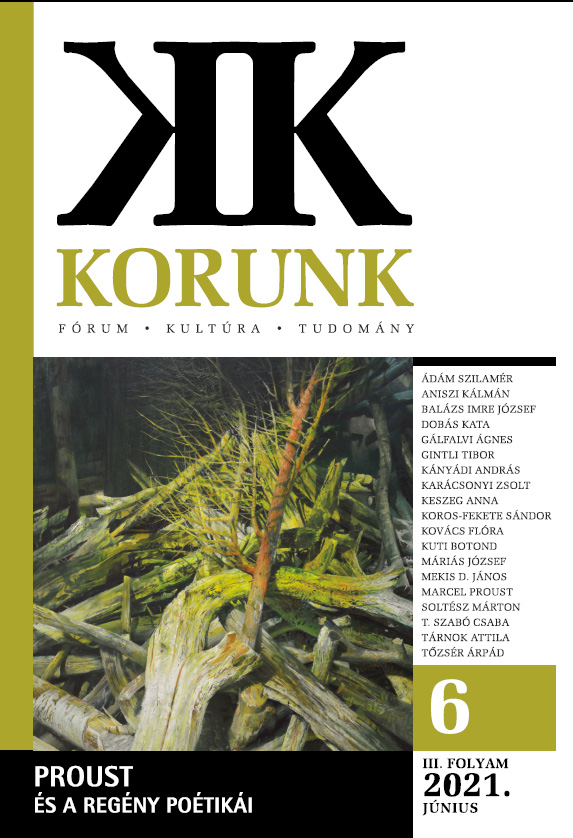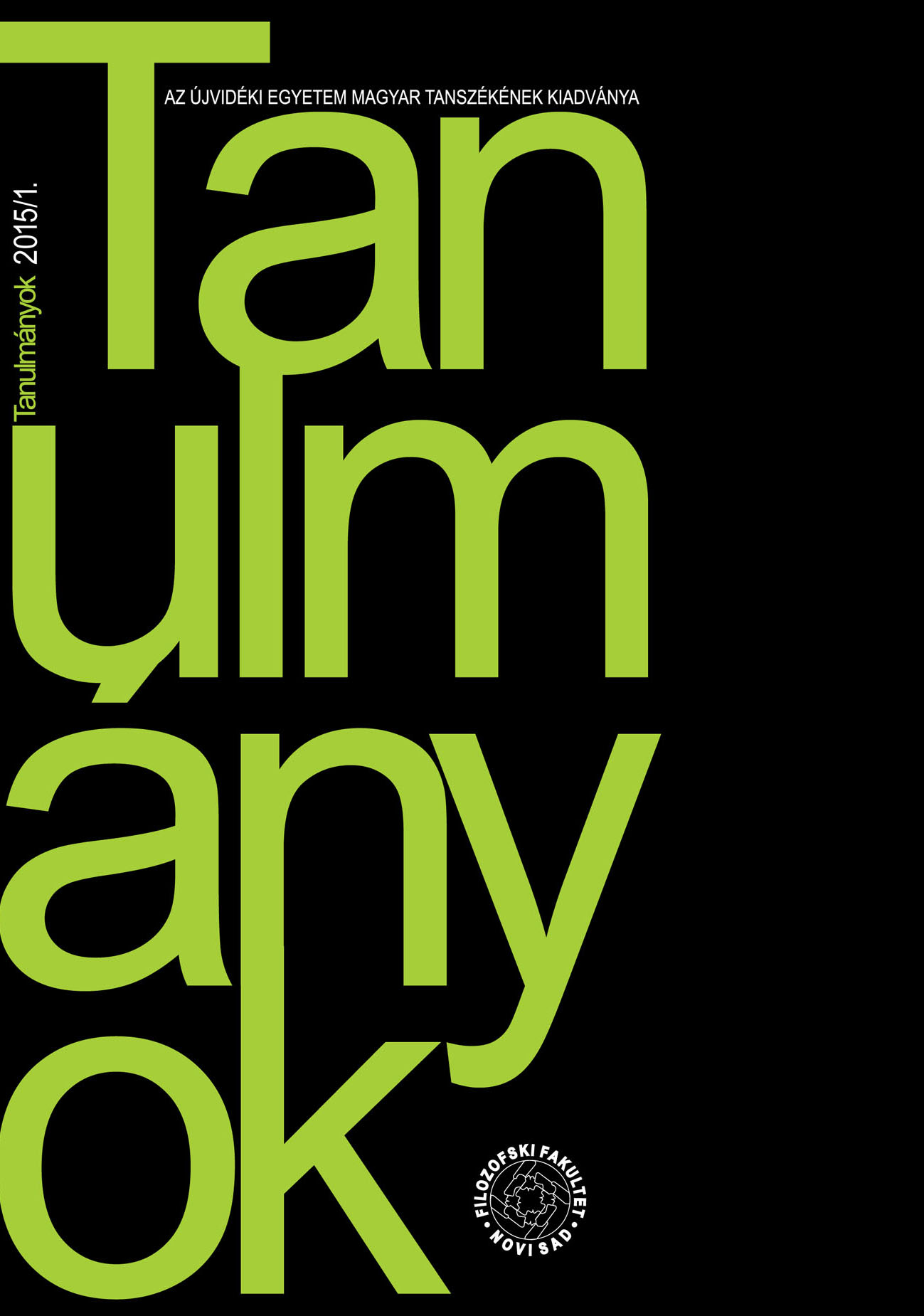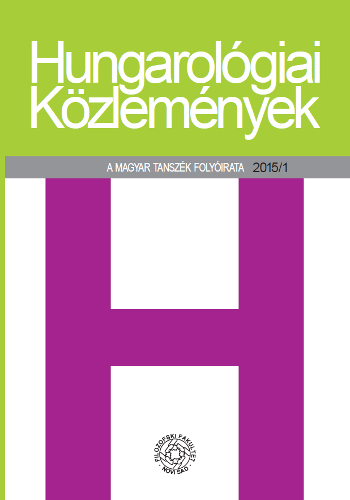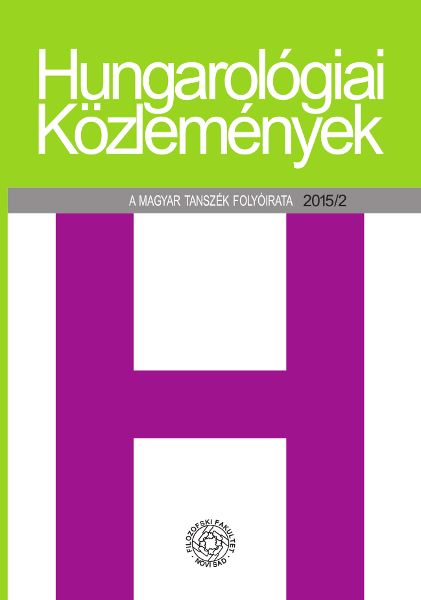Author(s): Anikó Polgár / Language(s): Hungarian
Issue: 1/2020
This research is based on Imre Bori’s influential study about Weöres titled A láto- mások költészete [The Poetry of Visions], but it also builds on contemporary scientific literature about Weöres. Related to the poem Mária mennybemenetele [The Assumption of Mary], Imre Bori established – even before the appearance of the Tizenegy szimfónia [Eleven Symphonies] – that “this is a poem of interplay: the dimensions of the notion of Mary are unveiled as if they were the movements and counterpoints of a symphony”. (B. I., Eszmék és látomások [Ideas and Visions], Novi Sad, Forum, 1965, 59.) This study uncovers several Greek–Latin intertexts from antiquity to the Middle Ages in Weöres’s multi-tiered poem integrating multiple traditions (e.g. Homer, Saint Hildegard). The goal of pointing out these intertextual relations is not self-serving, but aims to expand the boundaries of literary analysis. One of the key parts of the analysis is the Easter hymn of Synesius of Cyrenaica translated by Weöres, which is related to the Mária mennybemenetele [The Assumption of Mary] in its motives and text. In the poem of Weöres, as Mária Bartal established, the persons of Mary and Christ are merged: in his text, Mary takes up to heaven the same way that Christ does in the work of Synesius – starting from the lightless depths, they move into the sphere of planets. The assimilation of mother and son is in accordance with the Pythagorean approach following which the female names were changed to male names on graves, so that the gender of the soul corresponds to that of god. On occasion, Weöres brings the tie between the two poems closer, for example, in the translation of Synesius, a carpet of light appears in front of Christ’s feet (“Titan spread out his far-flaming hair / as a carpet”), while in the poem of Weöres angel wings roll out as a carpet onto Mary’s path. By the relation of the two texts, we can assume that in Greek there is no mention of a carpet.
More...
